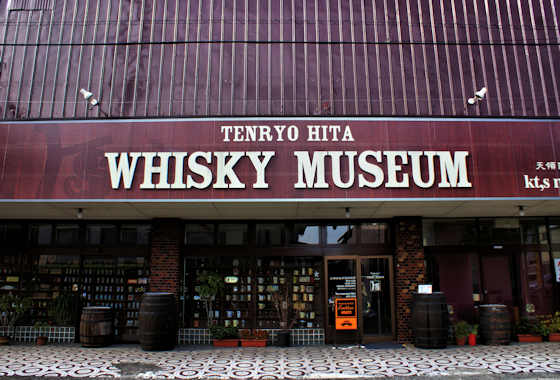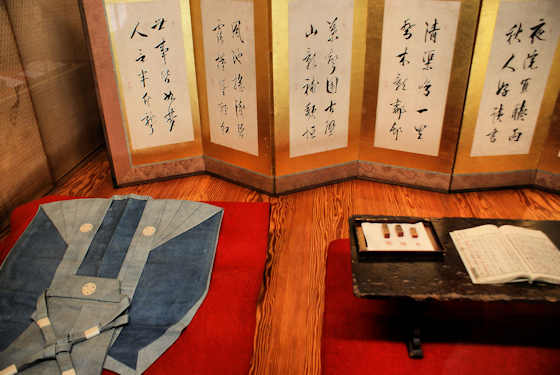Daihoji Temple 44
 |
| Daihoji Temple 44 |
Off the beaten track in Japan:- Nature, Culture, History, Spirit, Art....
 |
| Daihoji Temple 44 |
Due to the travel restrictions caused by the pandemic of recent years I decided to start another walking project locally. My intention is to walk from the mouth of the Gonokawa River to the source, and then back along the opposite bank. The Gonokawa, the longest river in Western Honshu, is 194 kilometers long, yet its source on Mount Oasa is a mere 40 kilometers as the crow flies. It meanders along a great curve passing through Miyoshi, the only inland city in Hiroshima.
 |
| Whisky Museum |
I visited Hita, a small, historic town near the border of Fukuoka in Oita, several times, the first being on day 53 of my walk around Kyushu on pilgrimage. I quite enjoyed the town and there was plenty to see in and around the Historic Preservation District, including a range of museums. The Whisky Museum was closed when I was there but it has a collection of 30,000 whiskeys and paraphernalia that have been collected by the owner since he was 13. If alcohol is your thug then there is a sake museum in the local brewery.
 |
| Museum in Hita |
Kamano Beach is immediately adjacent to Fukumitsu Beach, but is separated from it by a rocky promontory.